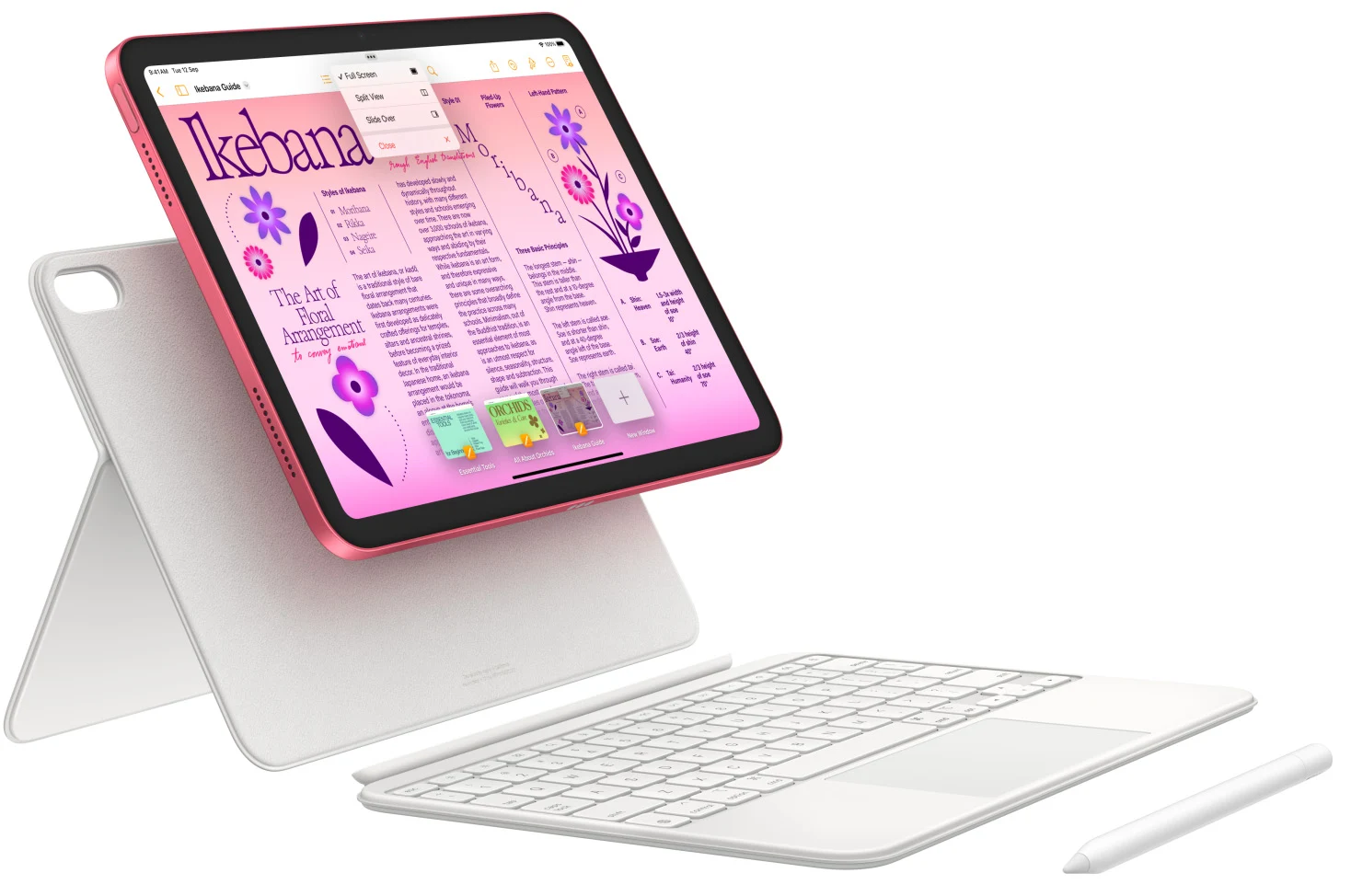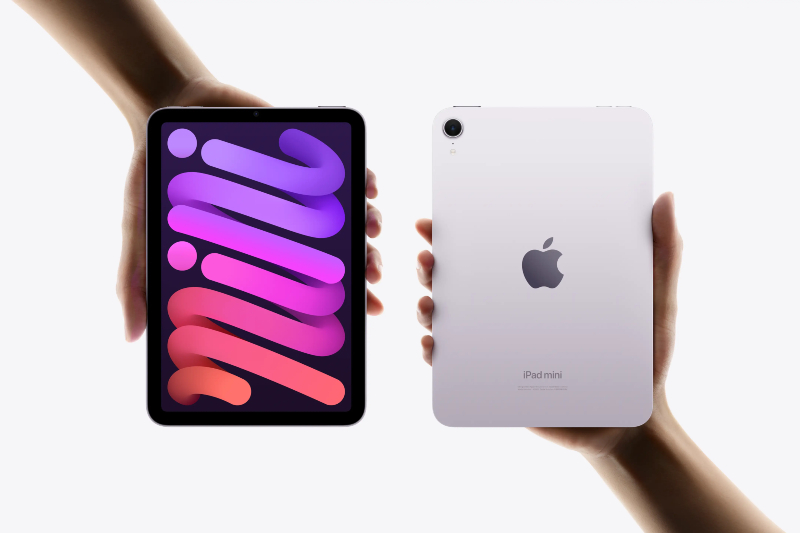It’s difficult to argue that Apple Intelligence has truly succeeded in winning over users with its AI-driven software features. Most of what Apple has promised has been met with only mild interest, which is far from the groundbreaking effect the company aimed to achieve.
Unexpected Benefits of AI Integration
Nevertheless, Apple’s push to incorporate AI across its product lineup has led to some surprising benefits—namely, increased RAM and more robust chipsets, even in their lower-tier devices. We first noticed this shift with the Mac series, where Apple finally moved away from providing just 8 GB of memory in the basic models. Rumors are swirling about the iPhone SE 4 also getting an upgrade in RAM, and it seems the entry-level budget iPad is set to follow suit.
New Specs for iPad 11
In his recent PowerOn newsletter, Bloomberg’s Mark Gurman disclosed that Apple is gearing up to equip the new iPad 11 with the impressive A17 Pro System on Chip (SoC) and 8 GB of RAM, accommodating Apple Intelligence. In contrast, the currently available iPad 10 is powered by the A14 SoC and has only 4 GB of RAM, which hardly suffices even with Apple’s strong memory management.
Release Timeline
Regarding when these devices will be available, it’s anticipated that both the new iPhone SE and the iPad 11 will be launched by the end of this quarter or at the beginning of the next one. Enhanced hardware is always a positive development for consumers, regardless of whether the original motivation behind it is appealing.
Source:
Link





